|
|
|||
|
(Back to Preceding Week; on to Next Week) |
|
DOG-DAY CICADAS REVISTED
In last week's discussion about Dog Days of August, we intentionally avoided mention of an insect whose name is derived from that time of year, i.e., the Dog-day Cicada. This bug-eyed creature--which measures two inches from head to tip of folded wing--reminds us when Dog Days have arrived, buzzing incessantly dawn to dusk from midsummer through Labor Day, and sometimes after that. We've written about Dog-day Cicadas in the past, but our story was always incomplete; even though we have tons of adults at Hilton Pond Center, we'd never found a live nymph until this week, so we wanted to devote an entire new installment to this noisy denizen of summer's hottest days.
All text & photos © Hilton Pond Center One evening in stifling summer heat, we walked out to close two mist nets we erect at the old farmhouse throughout August to catch Ruby-throated Hummingbirds. With daytime temperatures this month near or even exceeding 100 degrees, it was important to check the nets every ten minutes or so to make sure any snared hummers were not stressed by heat. On our after-supper net check--when light was waning but temps were still in the upper 90s--we noticed something moving on the ground in heavy shade beneath an Eastern Red Cedar tree just off the back deck. On closer examination we found it to be a Dog-day Cicada in its nymphal stage, slowly emerging from a hole in earth that had been its home for the past 2-4 years.
Broods of our southern Dog-day Cicadas have much shorter life cycles than the more famous Periodical Cicadas (above), which are black with orange-red eyes and emerge predictably but dramatically every 13 or 17 years--a heckuva long time to spend maturing underground. Periodical Cicadas are far more common in the northeastern and midwestern states, but Brood VI of the 17-year cicada did have an emergence in the Carolinas and Georgia in 2000, and Brood XIX of the 13-year group is next due in 2011. These Periodical Cicadas, Magicicada spp.--emerge in such huge numbers that congregations of adults can break tree branches. One summer when we worked at Hawk Mountain Sanctuary in Pennsylvania, Periodical Cicadas were so plentiful it was impossible to pass through the woods without crunching dozens of them underfoot.
Although they don't erupt in plague-like numbers like their more northerly cousins, Dog-day Cicadas (above) are common throughout the South. There are several species--the one here at Hilton Pond Center is Tibicen canicularis--but all are some shade of green with bulging brownish-blackish-greenish eyes (below).
In addition to these compound eyes used for image detection, there are three golden jewel-like ocelli in the center of the cicada's forehead (above); each of these single-faceted "simple eyes" apparently detects light and dark--which may be why it's so difficult to sneak up on an adult Dog-day Cicada. Any shadowy movement that falls on the its ocelli prompts the cicada to fly off with considerable speed that belies its blunt, non-aerodynamic shape. Just below the ocelli are two bristle-like antenna that could be touch sensors but may also detect other outside stimuli.
In summer, biological clocks ticking in the oldest Dog-day Cicada nymphs tell them it's time to give up their subterranean life and become adults--a transition that requires an amazing metamorphosis. The nymph (above) is a hunchbacked creature with vestigial wings and short, pincer-like forelegs adapted for digging through the soil to get close to roots of trees and shrubs. Its eyes, which can't be of much use underground, are bulbous like those of an adult, and it already has those short, bristly antennae. The mouth is a long, tubular sheath that surrounds four needle-like stylets the nymph uses like a hypodermic needle, plunging them into the vascular tissue of the tree root and extracting nutritious sap.
On cue, and usually at dusk or later, the nearly mature nymph crawls from the earthen chamber in which it has spent its lifetime and makes for the nearest vertical object--be it tree, fence post, or building wall. After ascending this structure, it slowly cracks out of its "shell" and changes from a short, rotund, flightless immature into the elongated and winged adult Dog-day Cicada. Left behind is a translucent exoskeleton (below) that is a perfect mold of the now-departed cicada nymph.
If it has metamorphosed on an inanimate object, the adult cicada flies to a nearby tree, where it proceeds into outer or topmost branches. There the males give forth with a droning chorus, their joined voices providing an easier-to-find target for females on the prowl for mates. The compatible pair copulates, after which the female finds an appropriate small branch, makes a small slit through the bark with her sharp ovipositor, and lays a single egg within the tree's living tissue. She repeats this act until her eggs are done and then--like the male--dies within two weeks after emergence. The mates' genes live on, however, in their offspring, which hatch and spend a few weeks munching within the twig before falling to the ground, where first-stage nymphs enter the soil for 2-4 years of growth and development. Here in York County SC we set a record for the hottest August in history--daytime highs reached at least 90 degrees for 31 consecutive days--and also officially the driest, with less than half an inch of total precipitation for the entire month. It was a tad cooler here at Hilton Pond Center and an isolated thunderstorm did give us 1.3" of rain one day, but there's little doubt we've just been through the doggiest Dog Days we've ever experienced. Those Dog Days are technically over by now, but male Dog-day Cicadas are still buzzing away, trying to win over females with that never-ended song that always reminds us of Piedmont summer.
All text & photos © Hilton Pond Center
Comments or questions about this week's installment?
Thanks to the following fine folks for recent gifts in support of Hilton Pond Center for Piedmont Natural History and/or Operation RubyThroat: The Hummingbird Project. Your tax-deductible contributions allow us to continue writing, photographing, and sharing "This Week at Hilton Pond." (Please see Support if you'd like to make a gift of your own.)
IMPORTANT NOTE: If you ever shop on-line, you may be interested in becoming a member of iGive, through which nearly 700 on-line stores from Barnes and Noble to Lands' End will donate a percentage of your purchase price in support of Hilton Pond Center and Operation RubyThroat. For every new member who signs up and makes an on-line purchase iGive will donate an ADDITIONAL $5 to the Center. Please sign up by going to the iGive Web site. It's a painless, important way for YOU to support our work in conservation, education, and research. "This Week at Hilton Pond" is written & photographed You may wish to consult our Index of all nature topics covered since February 2000. You can also use our on-line Hilton Pond Search Engine at the bottom of this page. For a free, non-fattening, on-line subscription to |

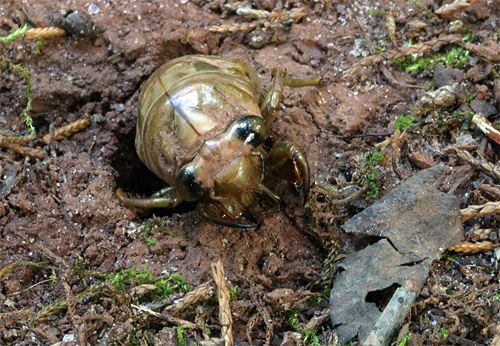
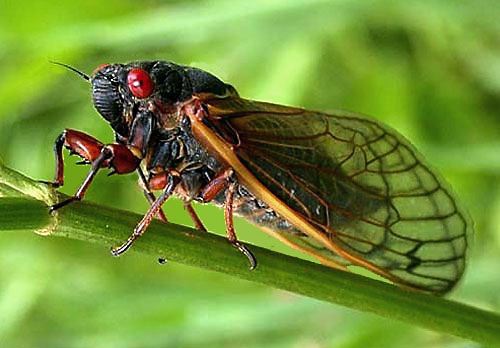
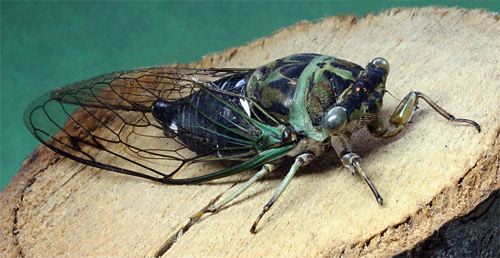
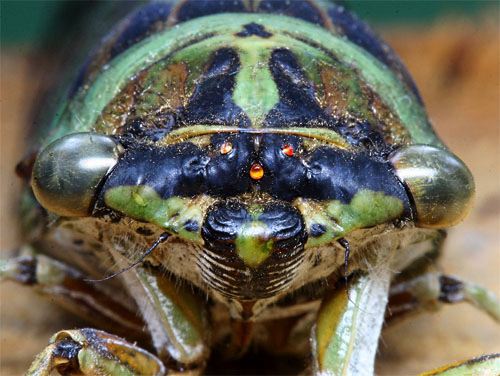
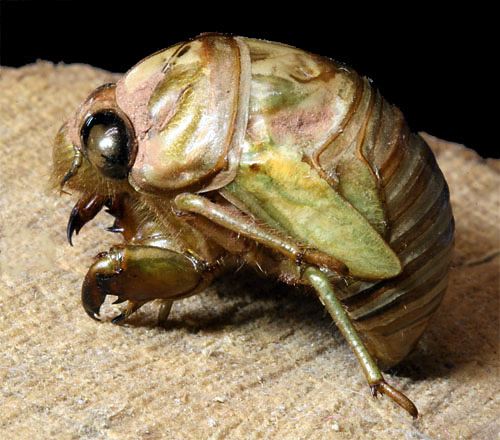



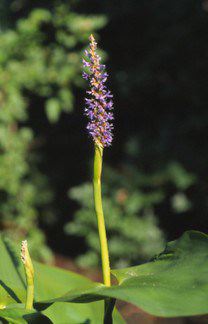
 Please report your
Please report your
